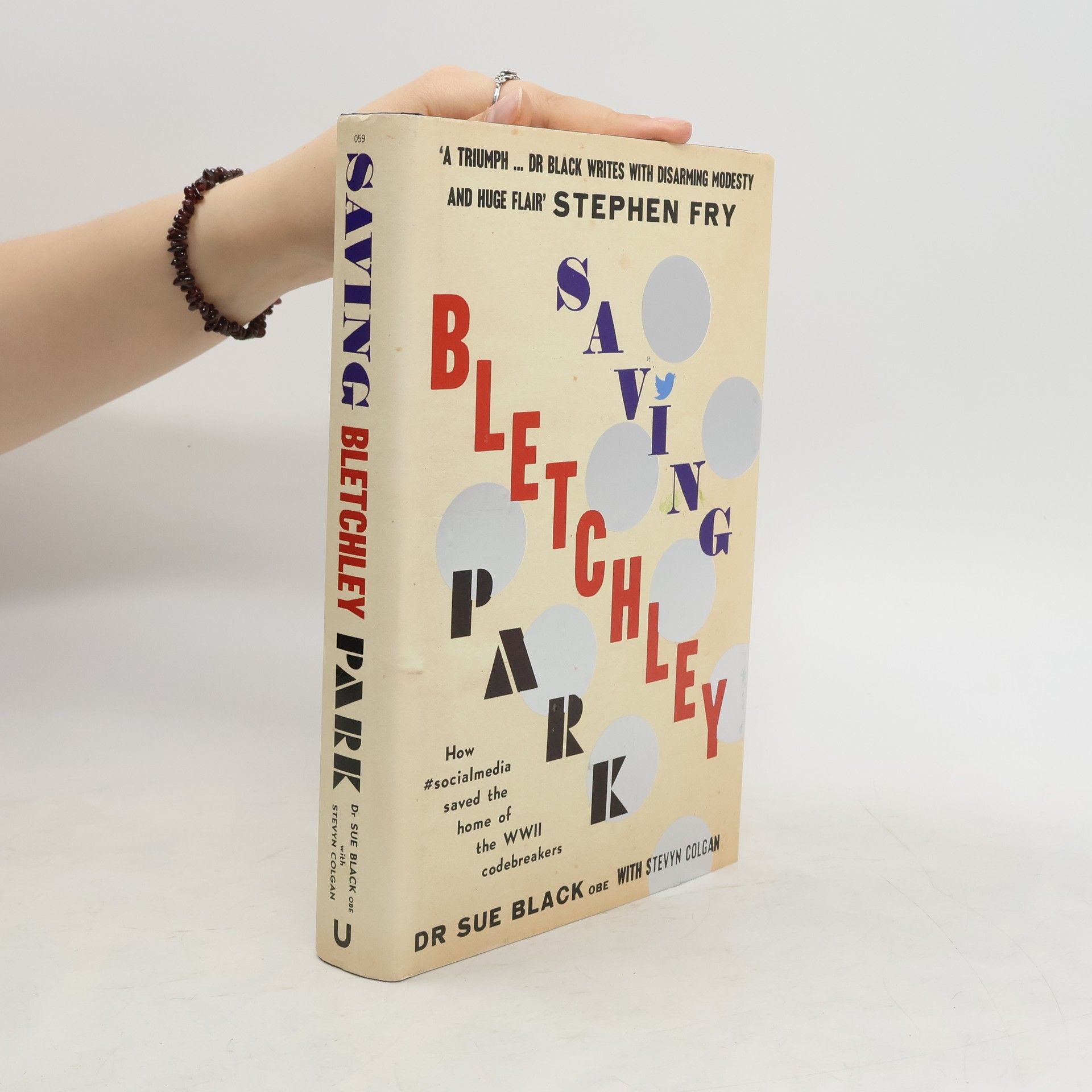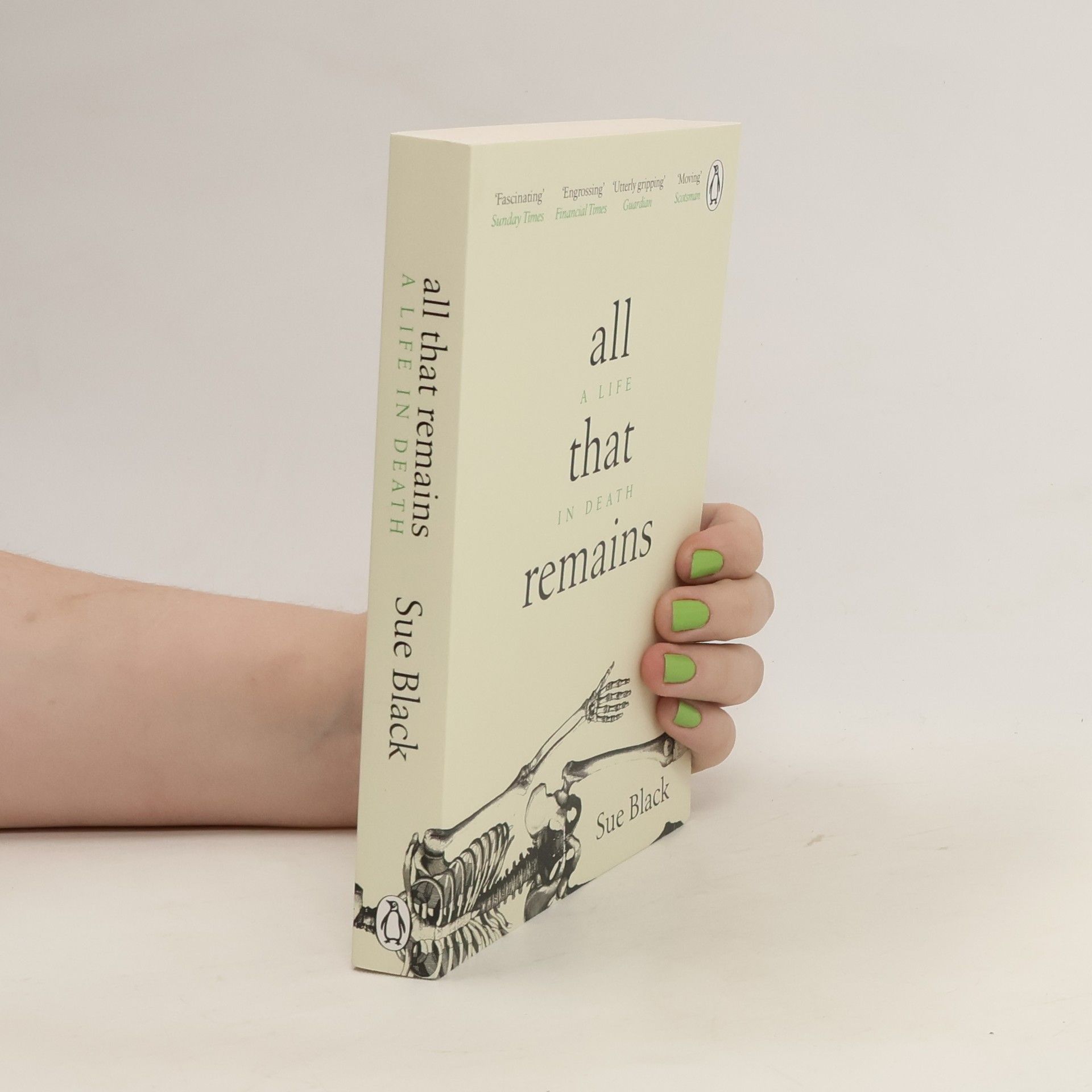Written in Bone: Hidden Stories in What We Leave Behind
- 336 stránek
- 12 hodin čtení
Awarded the prestigious Crime Writers’ Association ALCS Gold Dagger for Nonfiction, this book delves into a gripping true crime story, exploring the intricacies of the case and the impact on society. It combines meticulous research with compelling narrative, shedding light on the darker aspects of human nature and the justice system. Through vivid storytelling, the author brings to life the events surrounding the crime, offering insights into the motivations of the individuals involved and the broader implications for crime and punishment.






